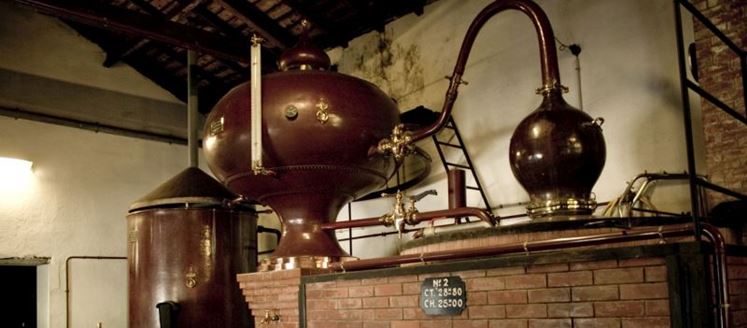
First We make A Wine
There are eight grape varieties allowed in Cognac production, but by far the main one used is Ugni Blanc (known as Trebbiano in Italy and, confusingly, ‘Saint-Emilion’ by locals). The other permitted varieties are Colombard and Folle Blanche then the less-common Jurançon, Belzac Blanc, Blanc Ramé, Bouilleaux and Chalosse. Some say that Folle Blanche makes the finest Cognacs of all, but its susceptibility to phylloxera (an aphid that can cause devastating damage to the roots of vines, and indeed wiped out much of France’s vineyards in the late 1800s) has led to its decline.

The grapes are harvested in October and pressed to release their juice. No additional sugar is allowed, and the juice is fermented until its alcohol level reaches 9% abv. The ideal wine for Cognac producers is low in alcohol and high in acidity – so, not a wine that you would particularly wish to drink as it is, but the combination makes it perfect for distillation.
Then We Begin THE Distillation
Cognac is distilled twice in onion-shaped copper pot stills (called alembic charentais), but unlike whisky, there is a strict timetable enforced. In the Cognac region, distillation begins towards the end of November, and must be finished by 31 March the following year. Another difference is that in Cognac, there is a ‘boiler’ where the wine is heated, with the vapour passing up through the still head into a condensing cooler. The spirit, known as brouillis, now has an ABV of approximately 30% and is returned to the boiler for a second distillation. The middle cut, or ‘heart’ of the second distillation is then transferred to oak barrels for ageing.

And Then We Wait...
Cognac barrels are stored in chais (warehouses), and are made from wood from the forests of Limousin and Tronçais. Limousin oak is notable for its wide grain, which means that the eau-de-vie can extract plenty of tannins to help soften and tame the spirit. Tronçais barrels are tighter-grained than their Limousin counterparts, and thus impart less woody flavours to the eau-de-vie, and are ideal for younger Cognacs that will spend less time in the barrel. Once the master blender thinks that the eau-de-vie is at its peak, the liquid will be transferred to glass demijohns (known locally as bonbonnes) to stop any further maturation. The demijohns are stored in the paradis, the final resting place for the very best Cognacs.


